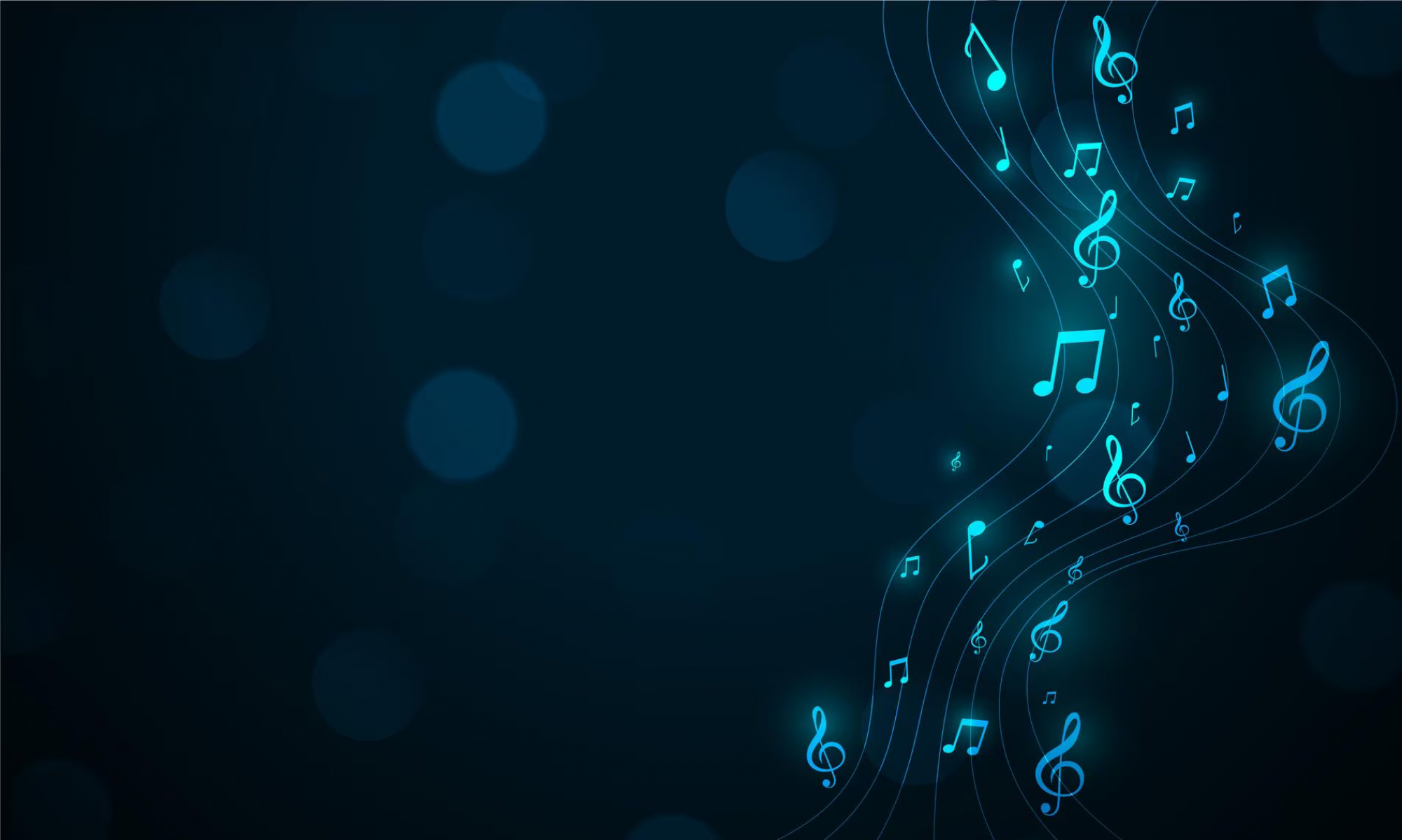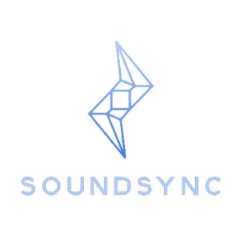This week I spent time researching how to implement the given audio functions in Python. More importantly, the python functions must be able to run completely remotely on the Google Coral board. Setting up the board came with some complications which will be discussed later in this post. Implementing these functions for the Google Board means the board must have all the data necessary when the function is called. This means ensuring the segment of live audio is already segmented and stored on the Google board. This turns out to be more tricky than anticipated simply because the board needs an easy way to pull information from all the different ports connected to it.
Setting up the Google board was the major unforeseen complication as the instructions listed upon the Google website for setting up did not seem to work too well. One example is connecting to wifi. Unfortunately, CMU’s wifi login requires a username and password. The board expects for the given wifi to work by simply connecting and inserting the correct password. Therefore, this eliminates any CMU wifi which requires a login. CMU does have password free wifis. However, these wifis have additional security in place which seemed to identify our Google Board as performing unsafe actions and shut off internet connection. This made pip installing or checking for updates impossible using CMU wifi. Furthermore, any hotspot from a mobile device was not detected by the board.
One of the tools I’m looking to learn is how to program for the Tobii Eye Tracker 5. This camera has capabilities spanning from head tracking to precise eye tracking. Understanding how to not only extract this information but also be able to relay it back to the Google Board is an important and challenging task. I also am looking to learn how to create uniform sheet music in Musescore. Musescore is a music writing application which does give the user the ability to customize spacing and notes in a score. However, I still need to learn how to utilize all the knobs to create sheet music that is both readable and uniform.
This upcoming week, I look forward to using sound samples collected through Dr. Dueck’s class to perform various audio filters. I am most interested in seeing if after performing a harmonic-percussive separation if breathing is separated from other percussive sounds and can be detected that way. I also am looking into setting up the Tobii camera so that it is compatible with the google board and so there is communication between the two.
We are currently still on track and will continue to work hard to stay on track.

